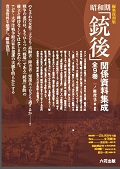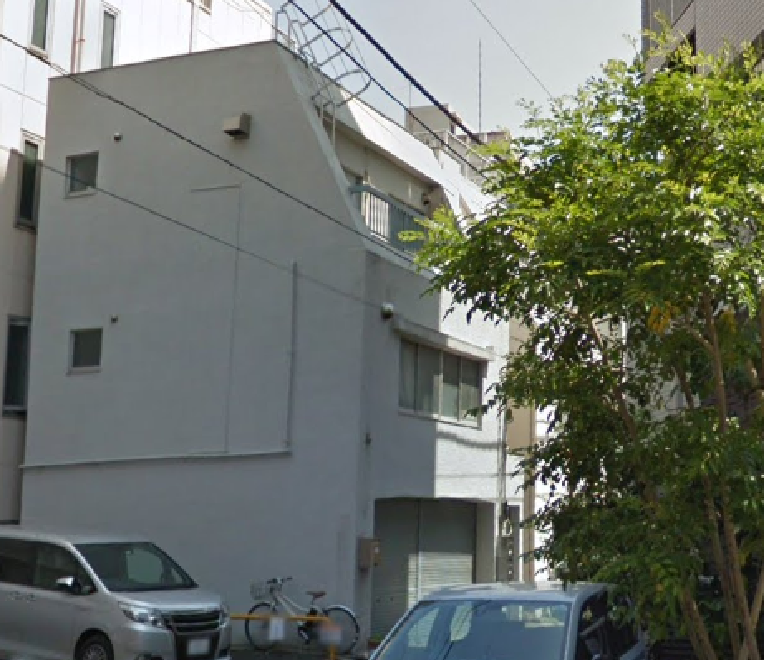『昭和期「銃後」関係資料集成』全9巻
The Complete Collection of Documents relating the Japanese Home Front during the Showa Era
《編集復刻版》
全9巻
一ノ瀬俊也=編・解説
アジア・太平洋戦争の時代(1931~45年)、日本軍・政府と地
域社会は、戦場で戦う兵士に思い残すことなく命を捧げさせる
ために、もうひとつの「戦場」である「銃後」をどのように慰撫
し、激励し、また管理し、抑圧したのか。忘れ去られた動員のあ
りよう、軍事援護の実態の貴重資料を呈示し、明らかにする。
働き手を失った家族、戦没兵士の遺家族、傷痍軍人、帰還兵士に
対して、女性相談員や方面委員を使い、「未亡人」の就職の世話、
性の管理、恩給の配分のトラブル解決、傷痍軍人の結婚、等々、
あらゆる手厚いケアと精神的・物質的な支配が展開された。
同時に、前線の兵士に、郷土のための戦いを意識させるべく、慰
問文集が編まれ、「後方支援」を担う役割も果たす。
女性史、軍事史、軍事教育史、戦時生活史をはじめとする近代
史研究に必備の「銃後」資料66点を厳選し復刻刊行!
◉体裁―― A4判/上製/総3、300ページ
◉揃定価――225、000円+税〈全3回配本〉(税込247,500円)
◉編・解説―― 一ノ瀬俊也(埼玉大学)*解説は第1巻巻頭に収録
◉推薦―― 吉田裕(一橋大学)
加納実紀代(女性史研究者)
成田龍一(日本女子大学)
前田一男(立教大学)
第1回配本 2012年12月刊行済み 本体75、000円+税 ISBN978-4-905421-28-3
第1巻 ●政府の軍事援護政策
第2巻 ●各地域軍事援護の実際(1)
第3巻 ●各地域軍事援護の実際(2)
第2回配本 2013年5月刊行済み 本体75、000円+税 ISBN978-4-905421-32-0
第4巻 ●各地域軍事援護の実際(3)
第5巻 ●各地域軍事援護の実際(4)/●地域軍事援護の理想像
第6巻 ●地域援護に関する諸法規
第3回配本 2013年12月刊行済み 本体75、000円+税 ISBN978-4-905421-36-8
第7巻 ●地域軍事援護の問題点と取り組み
第8巻 ●地域軍事援護担当者のマニュアル/●戦後の援護をめぐって
第9巻 ●前線将兵への慰問誌
総目次(PDF版)
総目次(Word版)
【お知らせ】
本書は、 パンセ学術図書販売株式会社の専売商品となっております。日本国内でのご購入はパンセ学術図書販売株式会社(電話0120-518-521)よりお願いいたします。
The Complete Collection of Documents relating the Japanese Home Front during the Showa Era, total 9 volumes, 225,000 Yen (total all volumes), 2012-2013, edited and commented by Toshiya Ichinose, published by Rikka-Press
During the period of the China and Pacific Wars (1931-45), how did the Japanese army, government and communities comfort, encourage, control, and suppress the home front, another battlefield, in order to ensure that soldiers would be willing to give their lives? The Collection shows and sheds light on forgotten and real situations arising in relation to how to mobilize the population and how to support the war on the home front. Families that lost wage-earners, families of soldiers who died in the war, disabled soldiers and returned soldiers ― the Japanese army, government and communities gave them all kinds of aid and support by using female advisers and social workers, assisting “widows” with finding jobs, controlling their sexuality, settling disputes over the distribution of pensions, assisting disabled soldiers with finding wives, and so on, in order to mentally and materially control them. At the same time community groups provided home-front support by editing and publishing ”stories from home” for soldiers at the battlefront.
We select and reprint 66 documents relating the home front. The documents are indispensable to research and study of Japanese modern history, including women’s history, military history, the history of military education, and life histories in wartime.
In the 1920s, when the concept of “child rights” began to be recognized in the world and eugenics was thought of as an innovative science, and when many children had been neglected, treated like toys, and abused, this magazine was published by the Humane Association for Children of Osaka (Japan). The Association was founded under the banner of the dignity of children in order to promote the welfare of children at the national level.
The Association held so-called “research meetings for babies” (Akanbo Shinsakai) in civic halls in Osaka City, with the cooperation of women’s groups and college students, seeking the healthcare and welfare of children. Not only in the Kansai area but also in places including Tokyo, Nagoya, Sapporo, Korea, and Taiwan (the last two countries were Japanese colonies at the time) the movement developed widely. Through periodical health checks by doctors and nurses, it raised consciousness as to child health, and through detailed observational research of mothers, it identified their folkloric conditions of child bearing and child raising and their consciousness of child raising. Through its existence of twenty-one years, the Association’s journal “A Century of Children” published any and all information relating to children: poverty of children, children in war, children in natural disaster, health conditions of children, children with disabilities, children having need of protection and supports, working mothers, birth control, health care of mothers and their children, discrimination against illegitimate children, etc.
The collection reprints valuable and long-awaited documents that are very useful for research of various issues before and during the Second World War: protection and education of children, children’s literature, folklore, child psychology, protection of mothers and their children, eugenics, women’s problem and so on.













